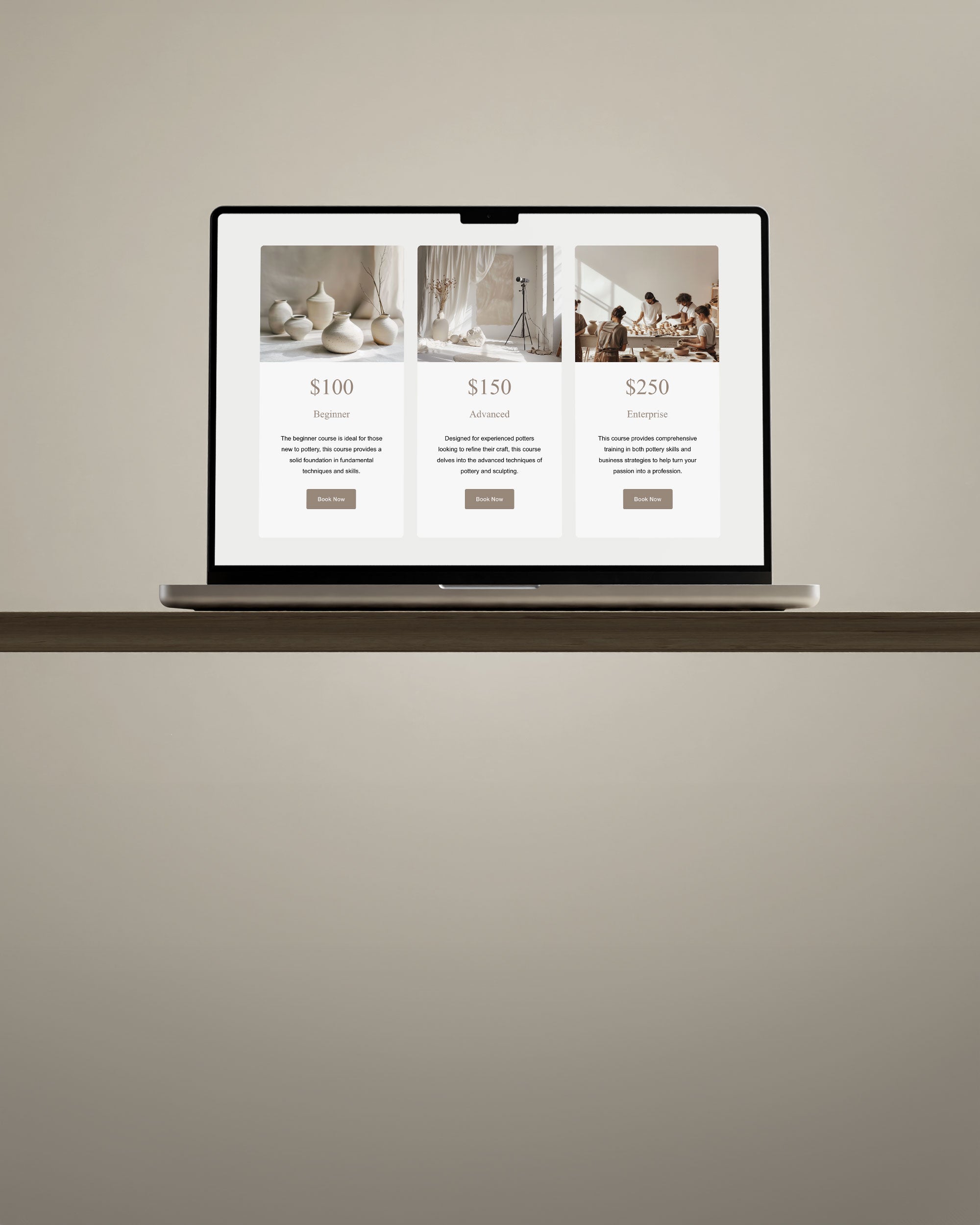Incorporating multimedia elements into your documents can significantly enhance their appeal and effectiveness. Embedding videos and animations in Adobe InDesign PDFs can make your presentations more engaging and interactive, providing a richer experience for your audience.
Table of Contents
- Understanding Multimedia in PDFs
- Preparing Your Media Files
- Step-by-Step Guide to Embedding Videos in InDesign PDFs
- Embedding Animations in InDesign PDFs
- Testing and Troubleshooting
- Best Practices for Multimedia PDFs
- Conclusion
Understanding Multimedia in PDFs
Multimedia refers to the integration of different content forms such as text, audio, images, animations, and videos. Examples of multimedia elements include video clips, animated graphics, and sound files. Adding these elements to PDFs can dramatically increase audience engagement, making your documents more interactive and memorable.
Adobe InDesign offers robust capabilities for creating multimedia-rich PDFs. It allows designers to integrate various media types seamlessly, providing tools for precise control over layout and presentation. Compared to other design software, InDesign stands out with its advanced features and user-friendly interface, making it a preferred choice for professionals.
Preparing Your Media Files
Before embedding media in your InDesign document, ensure your files are in compatible formats. InDesign supports video formats like MP4 and MOV and animated formats like GIF and SWF. Optimize your media files to balance quality and file size. Use tools like Adobe Media Encoder for converting and compressing your files.
Supported Media Formats
| Media Type | Supported Formats |
|---|---|
| Video | MP4, MOV |
| Animation | GIF, SWF |
Step-by-Step Guide to Embedding Videos in InDesign PDFs
- Set up your InDesign document: Open Adobe InDesign and create a new document or open an existing one.
- Import video files: Go to File > Place, select your video file, and click Open.
- Position and resize video frames: Click on the video placeholder and drag to position. Use the corner handles to resize.
- Add playback controls and poster images: Select the video frame, go to the Media panel, and add playback controls. Choose a poster image for the video.
- Export the PDF: Go to File > Export, select Adobe PDF (Interactive), and click Save. Adjust settings as needed and click Export.
Embedding Animations in InDesign PDFs
Creating animations within InDesign is straightforward. You can also import animations from other software. Integrate animated GIFs or HTML5 animations for a dynamic touch. Ensure smooth playback by testing the animations within InDesign before exporting.
Add interactive elements like buttons, hyperlinks, and navigation to enhance user experience. Use layers and overlays to create dynamic effects. Ensure your PDF is accessible by adding alternative text for multimedia elements and checking the usability.
Testing and Troubleshooting
Preview your multimedia content in InDesign to ensure everything works correctly. Common issues include playback problems and file compatibility. Test your PDF on different devices and PDF readers to ensure a consistent experience.
Best Practices for Multimedia PDFs
Keep file sizes manageable to ensure quick loading times and smooth playback. Ensure compatibility across different platforms and provide alternative content for users who cannot access multimedia. This approach ensures inclusivity and accessibility.
Conclusion
Embedding videos and animations in Adobe InDesign PDFs can transform your documents into engaging, interactive experiences. Experiment with these features in your design projects to create impactful presentations. Explore advanced features and templates to further enhance your multimedia documents.
Frequently Asked Questions
Q: Can I embed any video format in Adobe InDesign PDFs?
A: Adobe InDesign supports video formats such as MP4 and MOV. It’s best to use these formats to ensure compatibility and smooth playback within your PDFs.
Q: How do I optimize video files for embedding in a PDF?
A: To optimize video files, use tools like Adobe Media Encoder to compress and convert videos into supported formats. Ensure the file size is manageable without compromising quality.
Q: What types of animations can I embed in InDesign PDFs?
A: You can embed animated GIFs and SWF files directly into InDesign PDFs. For more complex animations, consider using HTML5 animations, ensuring they are compatible with PDF viewers.
Q: How do I add playback controls to my embedded videos?
A: In Adobe InDesign, select the video frame and open the Media panel. Here, you can add playback controls such as play, pause, and stop buttons to enhance user interaction.
Q: Can I create animations directly within Adobe InDesign?
A: Yes, InDesign offers tools to create basic animations. Use the Animation and Timing panels to animate objects within your document, making your PDF more dynamic.
Q: What should I do if my video or animation doesn't play in the exported PDF?
A: Ensure that you’ve correctly embedded the media and added necessary playback controls. Preview the PDF in Adobe Acrobat to check functionality. If issues persist, verify that the media files are in supported formats.
Q: How can I keep my multimedia PDF file sizes manageable?
A: Compress video and animation files before embedding them. Use Adobe Media Encoder or similar tools to reduce file sizes. Additionally, avoid embedding high-resolution media unless necessary.
Q: How can I make my multimedia PDF accessible to users with disabilities?
A: Add alternative text for multimedia elements and ensure all interactive features are keyboard accessible. Use Adobe Acrobat’s accessibility tools to check and enhance your PDF’s accessibility.
Q: What are some common issues when embedding multimedia in PDFs and how do I troubleshoot them?
A: Common issues include playback problems, missing media, and file compatibility. Test your PDF on different devices and viewers. Ensure all media files are correctly linked and in supported formats.
Q: Can I use other design software to create multimedia PDFs?
A: While Adobe InDesign is highly effective for creating multimedia-rich PDFs, other software like Adobe Acrobat Pro and Microsoft PowerPoint also offer multimedia embedding capabilities. However, InDesign provides more advanced design and layout features.



